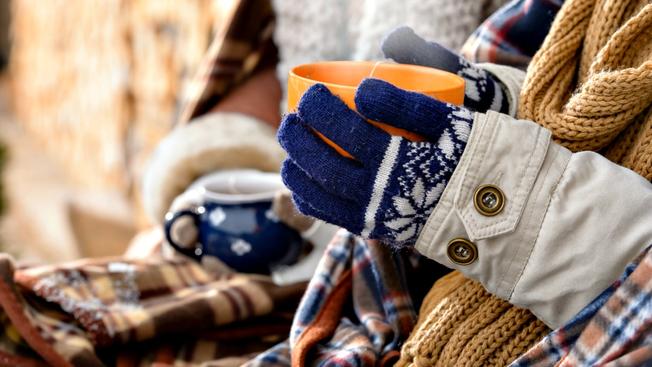Understanding both of these chilling mechanisms, as well as the workings of your body’s built-in thermoregulatory system, will help keep you warm and safe when the next polar vortex comes to town.
Layer up
You lose heat through conduction whenever your body comes into direct contact with something cold, like when you sit on chilly ground. Wind steals your body heat through convection.
Anything that you can build around you to enclose yourself in a micro environment that will help insulate from the effects of the cold, that is a good thing,”
Stop the shivering
Think of shivering as a warning sign that you need to get yourself someplace warmer, fast. When your skin temperature drops, shivering kicks in to keep your core temperature from falling, too. The spasmodic contracting and relaxing of your muscles “consumes calories, and it generates heat” to replace the heat your body is losing through convection or conduction. But that means once you start shivering, that’s your brain telling your body it’s time to get to a place where you’re warmer.”
Stoke the furnace
Being well-fed meaning consuming more calories than you’re burning will help your body handle the cold better. It always helps to be well-fed in the back country when it’s cold he said. “This is all-important, to keep your blood sugar up enough to provide the energy you need to keep warm in a cold situation.”
Staying hydrated is also a way to keep your body warm . “Your body will tolerate the cold much better if food and water balance are maintained.”
The mechanism through which this reset happens is not fully understood, but a type of body fat called brown fat may play a role, recent research suggests. Unlike regular “white” body fat, that stores extra calories, brown fat actually consumes calories, and releases the energy as heat.
Be prepared, all the time
Staying comfy in the cold, whether you’re hiking urban canyons or hip deep in back country snow, requires paying attention to the science of heat transfer.
Conduction is the transfer of heat between two solid surfaces that are in direct contact with each other, such as when you stand on icy pavement. Convection is the transfer of heat between a mass (such as your body) and a moving fluid or gas such as an icy wind that whips around every square inch of you.
Understanding both of these chilling mechanisms, as well as the workings of your body’s built-in thermo regulatory system, will help keep you warm and safe when the next polar vortex comes to town.
Know your risks
Drugs to treat high blood pressure, including alpha-blockers, beta-blockers and direct vasodilators, can make you more sensitive to the cold, as can some medical conditions, such as hypothyroidism. Age also affects the human body’s cold-coping mechanisms. Children under age 2 have not developed the ability to shiver to raise their body temperatures, and people over age 60 are less able to generate heat though shivering.
